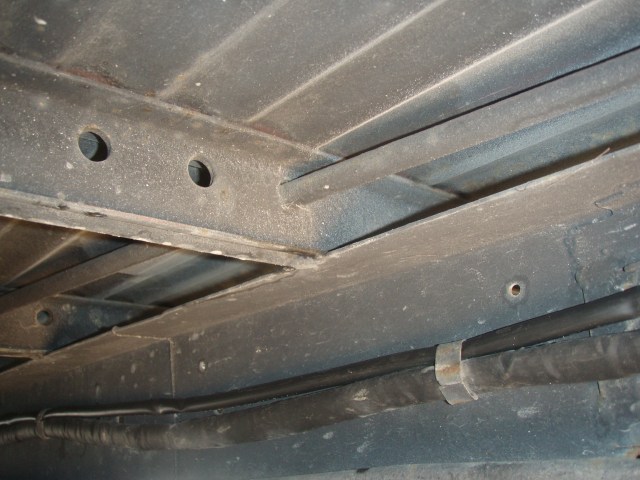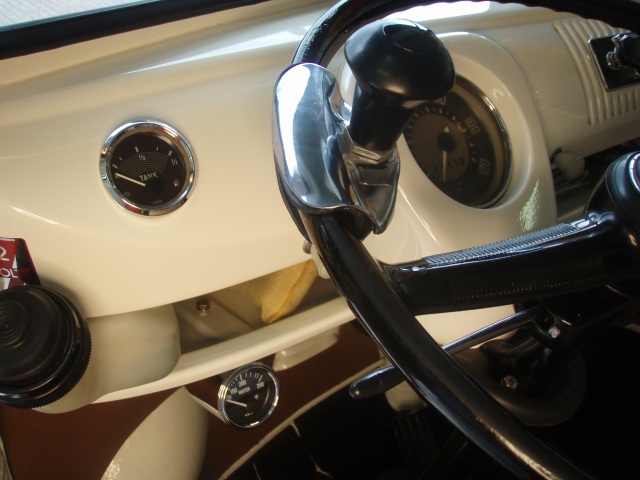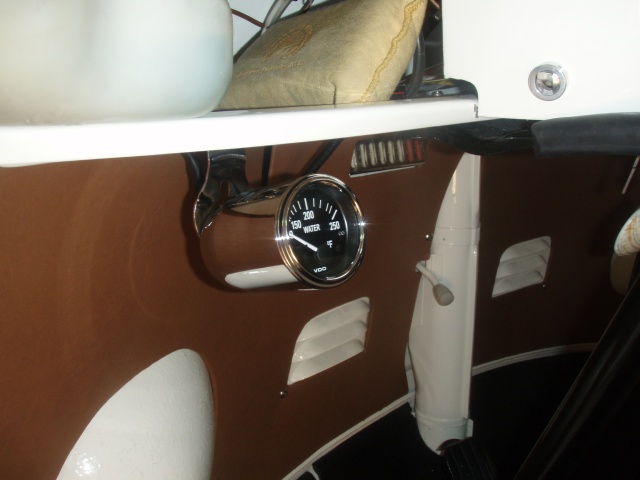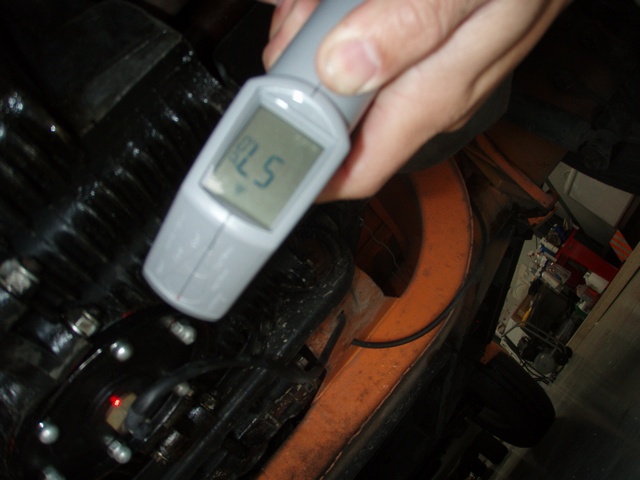Temperature Gauge
After I overheated my engine in the summer of 2006 during my trip along the Atlantic coast, I decided to install an oil temperature gauge. It took me a year to find the time to get the job done, but as always: we’ll get there eventually.
To measure the temperature of your engine oil, you basically only need two parts: a sender (sensor) and a receiver (gauge). There are several different types of sensors on the market:
- Oil dipstick with temperature sensor.
- Sensor that goes in the place of the oil pressure sensor (you can buy adaptors which allow you to fit both).
- Adjusted sump casing where the oil temperature sensor goes in the place of the oil drain plug.
As always, people have wildly different opinions on which of the three has the most accurate reading; therefore I will leave it up to you to decide. I bought the adjusted sump casing, which was advised by Paruzzi.
The oil temperature is measured by the electrical resistance of the sender; the resistance declines when the temperature of the engine increases. This signal is received by the gauge via one wire; the temperature sensor is grounded via the engine. If your restoration is still ongoing, I would recommend to include this additional wire in your Cable Loom. In my case, I had to pull the extra wire from my engine bay, through the chassis, up to my dashboard.
Disconnect the battery before you install the temperature gauge. The location of the gauge is something personal, but I’d suggest keeping it close to the fuel level gauge. The fuel gauge works in the same way as the temperature gauge, which makes installation very easy; you can connect the temperature gauge to the same wiring. The temperature gauge has only a handful of terminals:
- S this is where you connect the sender wire to.
- + this is where the + wire from the fuel gauge goes in a series connection.
- - connect this terminal to the body of the bus; new gauges have a “floating ground” which means that the gauge casing is not grounded.
Depending on the type of earthing of your gauge, you will have one or two terminals left for the gauge lighting. Connect one terminal with the lighting wire from the fuel gauge and ground the other one if you have two terminals. Because you used the same wires as the fuel gauge, the lighting will automatically switch on when you switch on your headlights, in addition you will also be able to dim the dash lights!
In case you are not sure of the proper functioning of your temperature gauge, you can perform this simple test to verify correct installation:
- Disconnect the pin contact from the sender: the gauge should read the lowest temperature.
- Ground the pin contact by holding it to your engine: the gauge should read the highest temperature.
If this test delivers these results, your wiring is correct.
To test correct temperature display: use an infrared temperature gun on the body of the sensor and compare it with your gauge reading. Alternatively, simply drop the sensor in a bucket of boiling water (100 Celsius / 212 Fahrenheit) and make sure you ground the sensor to the engine. If this test does not deliver corresponding display, your sender and receiver are not compatible.






